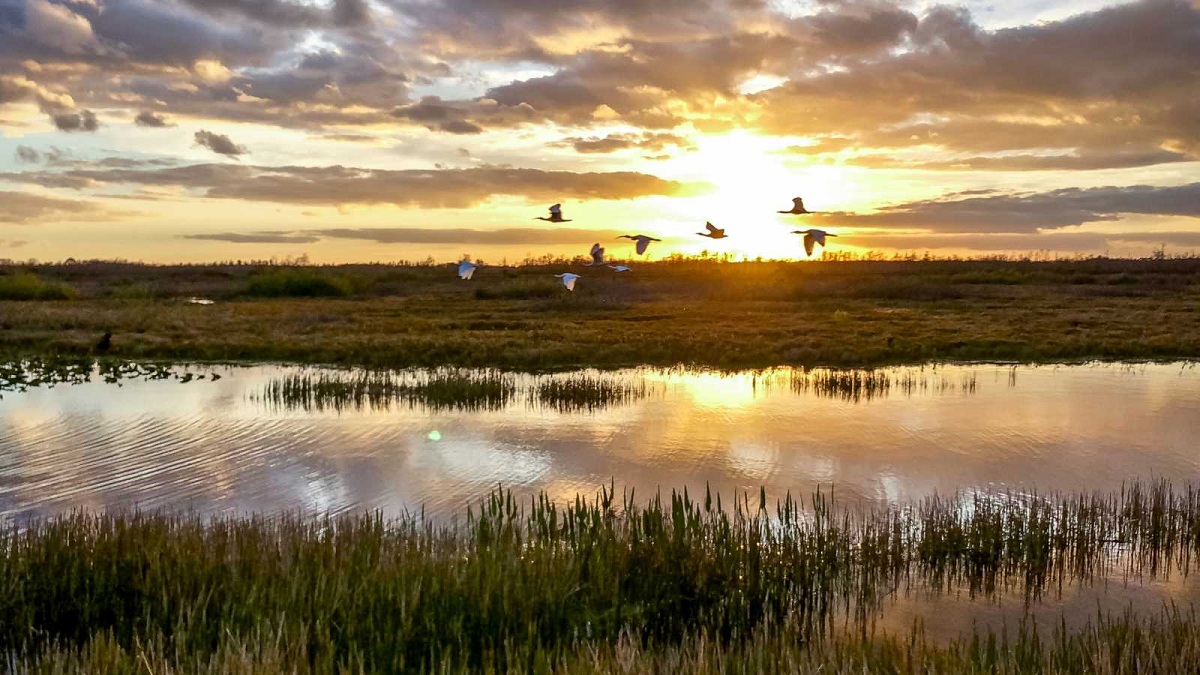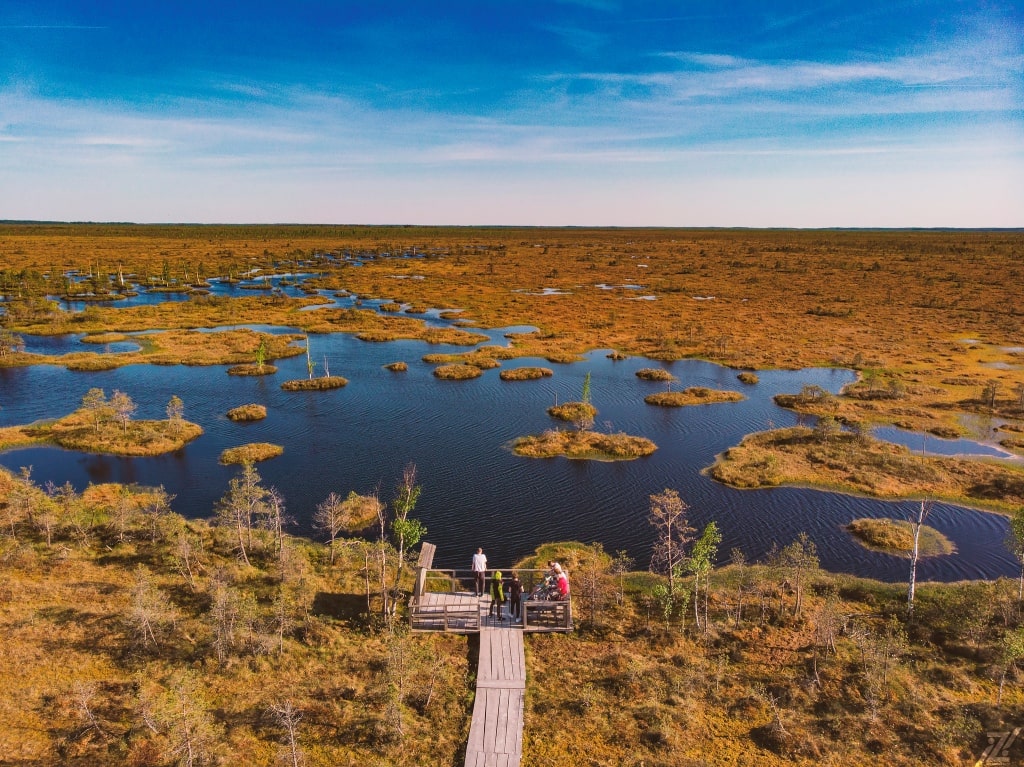As one of the planet’s most important ecosystems, wetlands, as refuges for wildlife, clean water resources from pollution, and are important carbon storages.

But they are also the most unprotected wildlife habitats on Earth. About 85 percent of the wetlands that existed in 1700 had been lost by 2000, many drained to make way for development, agriculture or other “productive” uses. They are disappearing three times faster than forests, so their loss poses an existential threat to hundreds of thousands of animal and plant species.
Wetlands under protection
“Healthy wetlands, the key to climate change mitigation, adaptation, biodiversity, and human health and prosperity, outweigh their weight in terms of benefits,” says Leticia Carvalho, chief marine and freshwater coordinator for the United Nations Environment Programme (UNEP). – Ensuring that they continue to provide vital ecosystem services to humankind requires awareness of their priority, protection, restoration, better management, and monitoring”.
Carvalho said this on the eve of World Wetlands Day, which falls on Feb. 2. This year, for the first time since it was established by the Ramsar Convention on Wetlands in 1972, World Wetlands Day is celebrated as a United Nations international day.
Wetlands, which include wetlands and peatlands, are unrecognized heroes during the climate crisis. They store more carbon than any other ecosystem, with peatlands alone containing twice as much carbon as all the world’s forests. Inland wetland ecosystems also absorb excess water and help prevent floods and droughts, which are widely believed to be essential for people to adapt to a changing climate.

That’s why Carvalho believes protecting wetlands is a critical task for UNEP and a special focus of the UN Decade for Ecosystem Restoration, a worldwide movement to protect and restore the natural world.
“It’s encouraging that wetlands are increasingly being recognized as an invaluable but neglected natural solution,” she said. – COP 26 has drawn attention to the role of finance and political will. More of both should be directed to wetlands, enshrining everything in countries’ national commitments, and better integrated into development plans,” she added.
Man-made wetlands such as reservoirs contribute to human well-being and other benefits. For example, one project in the Baltic region aims to improve water quality in lagoons polluted by fertilizer runoff by using floating, vegetation-rich wetlands to remove nutrients such as nitrogen and phosphorus.
Finally, wetlands teeming with species are major allies in our fight to halt biodiversity loss. More than 140,000 described species, including 55 percent of all fish, depend on freshwater habitats. Freshwater species are important to local ecosystems, provide food and income for people, and play a key role in controlling flooding and erosion. Yet wetland animals and plants are dying out faster than terrestrial or marine species, with nearly a third of all freshwater biodiversity on the brink of extinction due to invasive species, pollution, habitat loss, and overfishing.
The good news is that the protection, sustainable management, and restoration of wetlands are effective. According to the Global Wetlands Review, improved wetland management has health, food, and water security benefits that are critical to the health and livelihoods of the 4 billion people who depend on wetland services. Under Sustainable Development Goal six, all countries are committed to protecting and restoring wetlands by 2030, so UNEP has a special role in helping to monitor and achieve this goal.
The Okavango Delta in Botswana and the Pantanal in Brazil are prime examples of inland vegetated wetlands teeming with wildlife. But wetlands come in all shapes and sizes and are subject to demographic and development pressures, particularly from agriculture. To learn more, take a look at these five unexpected wetlands.
